Ancient Psychedelia: Alien Gods & Mushroom Goddesses
Online Book - Chapter 22, Page 435
Back to Online Book Mainpage / Next Page (Chapter 22, Page 436)
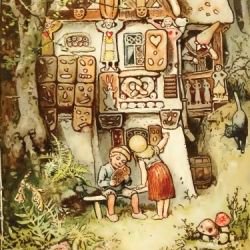 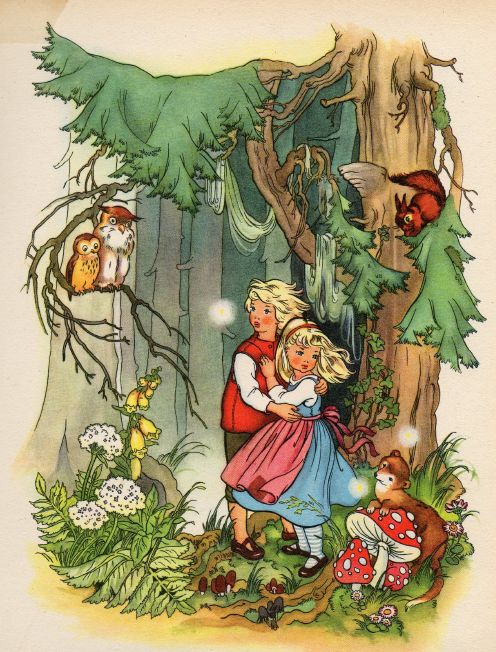 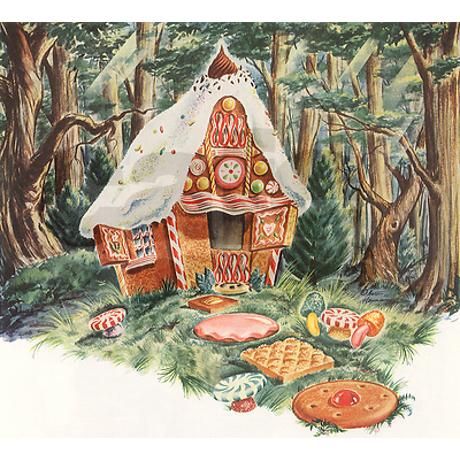 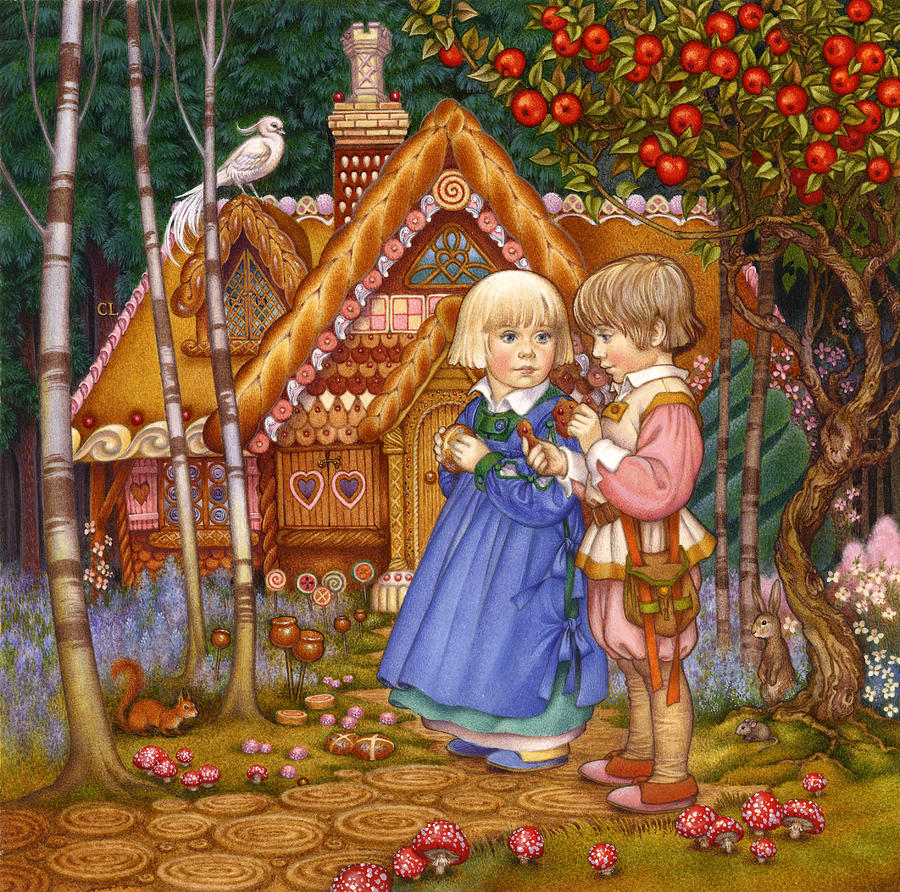 |
One of the important points to consider in all stories of giants and dwarfs is the fact that A. muscaria causes the uses to see small objects as very large, and large objects as very small. A twig may appear as a log and someone seeing it, intoxicated may leap over the twig, thinking it’s much larger than it is, and vice versa. This phenomenon is called Macropsia and Micropsia and we find it to be a very common theme in fairy tales. The best example of this is in the tale of Alice and Wonderland. Alice in Wonderland Lewis Carroll, author of Alice and Wonderland, was one of the literary greats of the modern age. It is possible that Carroll, whose real name was Charles Dodgeson, had read Mordechai Cooke’s Seven Sisters of Sleep (1860) or his other book A Plain and Easy Account of British Fungi (1862). An article that Cooke wrote appeared in a magazine which Carroll was known to have owned, according to author Terry Atkinson in his book, Sacred Mushroom and the Holy Grail. (6) Some of the tell-tale signs of mushroom lore are the growing and shrinking of the initiate. Alice shrinks in order to go down the rabbit hole. (7) The story of Alice is not one in which I think it’s worth getting into as everyone knows it very well and the drug symbolism and references are well-known. Another instance of this, is of course, Tom Thumb and also the Jack and Giant stories. In 1907, a version of Alice in Wonderland was published which shows Alice seated at the table, with the White Rabbit and the Mad Hatter. The Mad Hatter wears a bow tie which is red with white spots (90i). 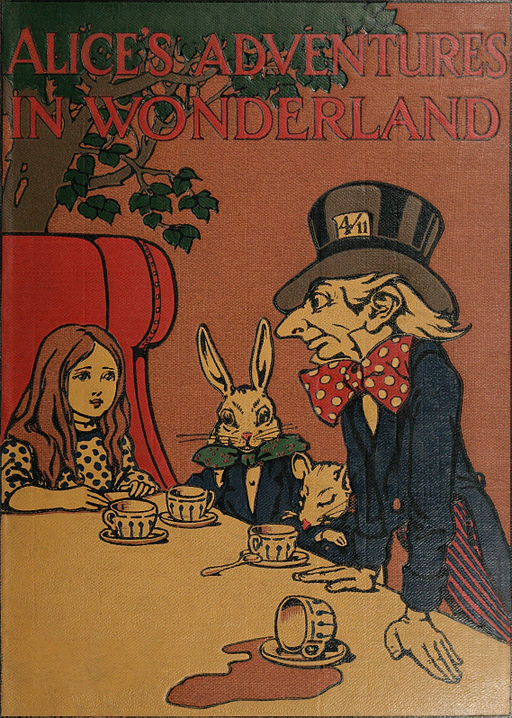 (90i) Alice in Wonderland Cover 1907 (6) Sacred mushroom, Holy Grail, p. 76 (7) ibid, p. 3 |
Go Back to Page 434